Gojong’s Garden Mulwang Reservoir Main Branch (고종의정원 물왕저수지본점)
17.4Km 2025-12-17
12, Sanhyeonmaeul-gil, Siheung-si, Gyeonggi-do
Terminal de Autobuses Dong Seoul en Seúl (동서울종합버스터미널)
17.5Km 2021-05-20
Gangbyeonyeok-ro 50, Gwangjin-gu, Seúl
La terminal tomó el nombre actual en 1988. Dispone de una amplia oferta de rutas, hacia todas las provincias de la península coreana, con autobuses interurbanos y expresos. Se encuentra en la zona este de la ciudad. Varios de los servicios a ciudades importantes son de tipo interurbano, con varias paradas intermedias y con un precio del pasaje levemente inferior a los servicios expresos.
Templo Cheonggyesa en Gyeonggi-do (청계사(경기))
17.6Km 2021-11-29
Cheonggye-ro 475, Uiwang-si, Gyeonggi-do.
A poca distancia del lago Baegun, existía un templo famoso por la flor mítica del budismo, la “udumbara”. Siendo una especie rara de flor, suelen presentarse en las áreas de la estatua de Buda, pero resulta, que esta flor había aparecido en el templo Cheonggyesa del monte Cheonggyesan. El templo fue fundado durante el período de Silla y fue restaurado al 10º año de reinado de Chungnyeol (1284), y posee una gran cantidad de patrimonios y reliquias históricas pertenecientes al budismo. Entre los valiosos tesoros que posee el templo, lo más destacable es la campana de cobre y la plancha de madera. La campana de cobre fue construída a los 27 años de reinado de Sukjong (1701), con representaciones de dos enormes dragones, la imagen del Buda que sostiene una flor de loto, entre otras figuras tradicionales del budismo. La plancha de madera fue designada Patrimonio Cultural de Gyeonggi-do, y hoy en día se conservan 466 planchas de 18 tomos. Además de las mencionadas, también sostiene textos budistas, y otros valiosos registros de la antigüedad.
Techno Mart (Sucursal de Gangbyeon) (테크노마트 강변점)
17.7Km 2024-02-21
Gwangnaru-ro 56-gil 85, Gwangjin-gu, Seúl.
House of Flowers and Lake / 꽃과 호수의 집
17.8Km 2025-03-05
79, Norumok-ro, Ilsandong-gu, Goyang-si, Gyeonggi-do
+82-10-2999-9360
The House of Flowers and Lake is an apartment guest house that features Korean style home stay. The owner of the house likes traveling and tries to show his guests the friendliness and consideration of the hosts who greeted him during his trips. There are two rooms in the guest house. The Daffodil Room has a double bed, while Rose Moss Room has two single beds and some furnishings. Note that the Daffodil Room is meant to be an independent space with a separate bathroom and a mini bar on the terrace attached to the room. At night, the rooms can command a good view of Ilsan Lake Park and the town. The communal kitchen and the living room display souvenirs and gifts that the owner received while traveling around the world. Simple American style complimentary breakfast is available.
Ilsan Lake Park is within walking distance and nearby tourist attractions such as KINTEX and Haengju Mountain Fortress can be reached in about 20 minutes by car. The place is adjacent to Madu Station of Subway Line No. 3 which leads to downtown Seoul. The place is also near Baekma Station of Gyeongui Jungang Line which runs to and from Munsan, Paju, Digital Media City, Hongik University, and Yangpyeong Station, among others. The House of Flowers and Lake is a good place for a pleasant travel, featuring the friendliness and travel stories of the host. It is definitely a place for travelers provided by another traveler.
Reserva Ecológica de las Tumbas Heoninneung (Bosque de Alisos) (헌인릉 생태경관보전지역(오리나무림))
17.8Km 2021-03-23
Heoninneung-gil 34, Seocho-gu, Seúl.
+82-2-445-0347
Las tumbas del rey Taejong y su esposa se llaman Heonneung, y la tumba Inneung es del rey Sunjo y su esposa. Por debajo de estas tumbas hay un bosque de alisis con una superficie de 56.200 metros cuadrados, que fue registrado por el Ayuntamiento de Seúl como Reserva Ecológica.
Centro Comercial Lotte World (롯데월드 쇼핑몰)
17.8Km 2024-02-01
Olympic-ro 240, Songpa-gu, Seúl.
Teatro Charlotte (샤롯데씨어터)
17.9Km 2023-10-31
Olympic-ro 240, Songpa-gu, Seúl
Asosan (아소산)
17.9Km 2025-05-19
128, Jeongbalsan-ro, Ilsandong-gu, Goyang-si, Gyeonggi-do
Lotte World Adventure (롯데월드 어드벤처)
17.9Km 2025-05-13
Olympic-ro 240 , Songpa-gu, Seúl.
Lotte World Adventure es el lugar ideal para ir en busca de diversión y andar de paseo dentro de la ciudad. Se trata de un parque temático compuesto de un paseo de terror, una pista de patinaje sobre hielo, diferentes tipos de desfiles, un museo folclórico, sendas de paseo alrededor del lago y mucho más. Cada año visitan este parque de diversiones unas 6 millones de personas, y un 10% de ellas son extranjeras. La estructura de su interior hace uso de la luz natural del sol y se encuentra abierto al público los 365 días del año, sin perjuicio del estado de tiempo.
Lotte World Adventure tiene sus calles señalizadas con los nombres de varios países y en ellas hay diferentes clases de instalaciones y tiendas de recuerdo. Puede deleitarse con fantásticos desfiles, numerosas películas, juegos de luces láser y comidas de diferentes naciones, incluso durante los feriados. Por otra parte, Magic Island, al aire libre, tiene un castillo imponente, juegos de caída libre desde alturas espeluznantes y numerosos juegos de entretenimiento que solo se pueden disfrutar al aire libre, y ofrece la oportunidad de hacer un placentero paseo alrededor del lago. Una de las principales razones de que los turistas se sientan atraídos por Lotte World Adventure es la gran variedad de juegos que posee. Gyro Drop y Gyro Swing son los juegos más aclamados por el público: uno puede ser arrojado en caída libre desde 70 metros de altura, o vivir la sensación de estar dentro de un tornado. Tal es el dinamismo que brindan estos juegos que inclusive hay un cartel que indica quitarse los calzados para que no los pierda estando sobre ellos. Puede también hacer un viaje por unos rápidos sobre un bote que atraviesa un parque de la Edad Jurásica, detenerse sobre la cresta de una altísima ola y pilotear una nave pirata española que se balancea en un ángulo apasionante de 75 grados. Junto a la emoción de los juegos, Lotte World Adventure tiene también una variedad de desfiles y espectáculos de juegos de luces láser. Los 200 integrantes del Desfile World Carnival añaden con su música, canto y baile, pasión a este parte temático.
Después de subirse a los juegos, pruebe patinar en la pista de hielo y no se pierda de visitar el museo. La pista de hielo para patinaje se despliega bajo techo en el 3er. subsuelo y abre los 365 días del año. Su placentero ambiente es perfecto para las salidas en familia y de las parejas. Sus instalaciones incluyen un restaurante, una boletería, un bar para bocados, tienda de artículos deportivos, servicio de alquiler de patines y vestuario. El Museo Folclórico, por otro lado, es el lugar más popular entre los turistas extranjeros. El museo muestra 5.000 años de historia de la cultura coreana, maquetas de aldeas y un sector de juegos. Todo aquí está organizado de modo que se pueda entender fácilmente y de una manera amena. Asimismo, hay también material audiovisual y miniaturas de modelos que se añaden a las presentaciones multimediales.

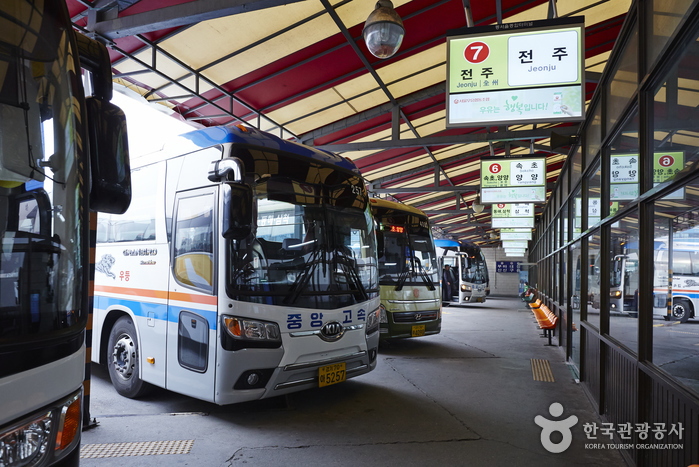
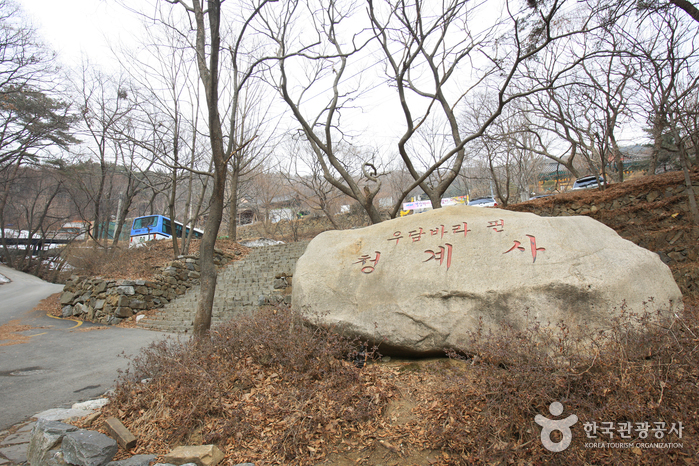
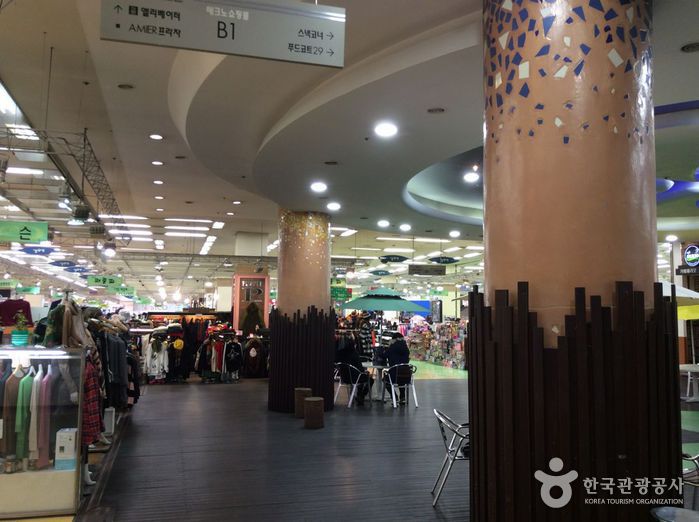
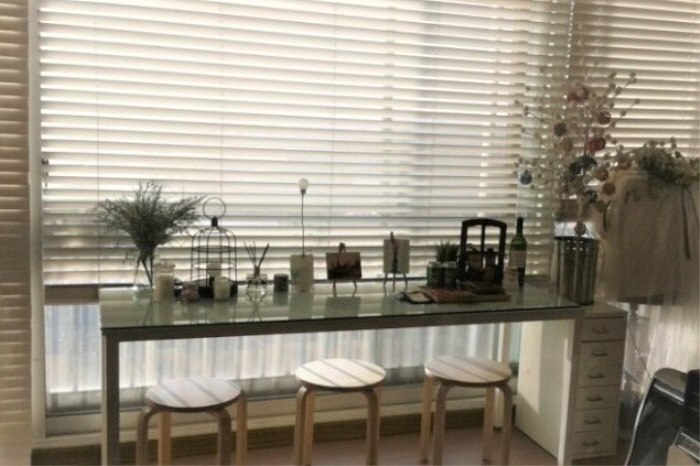
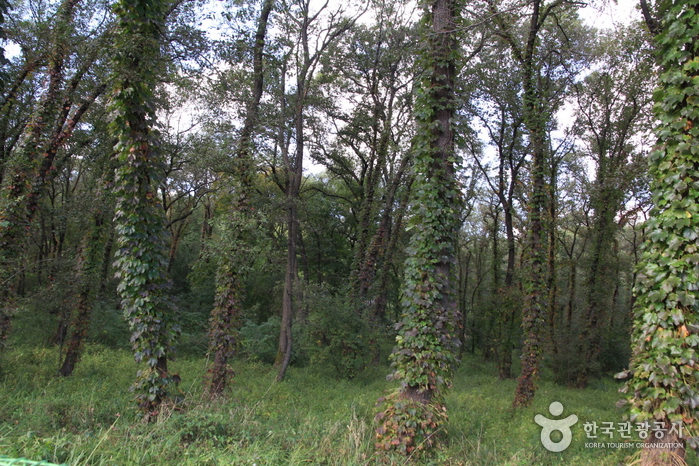
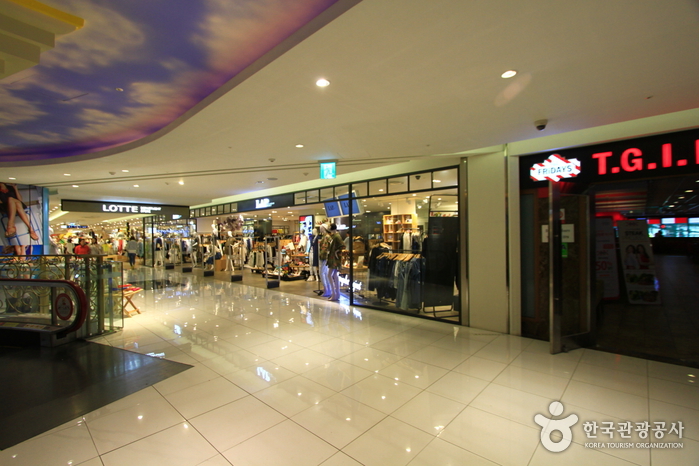
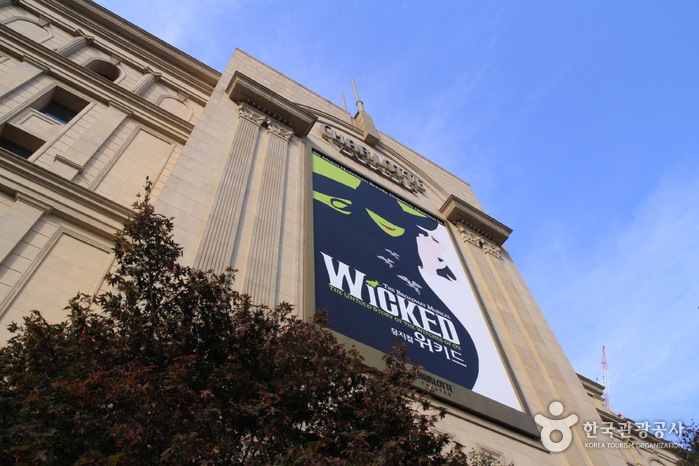

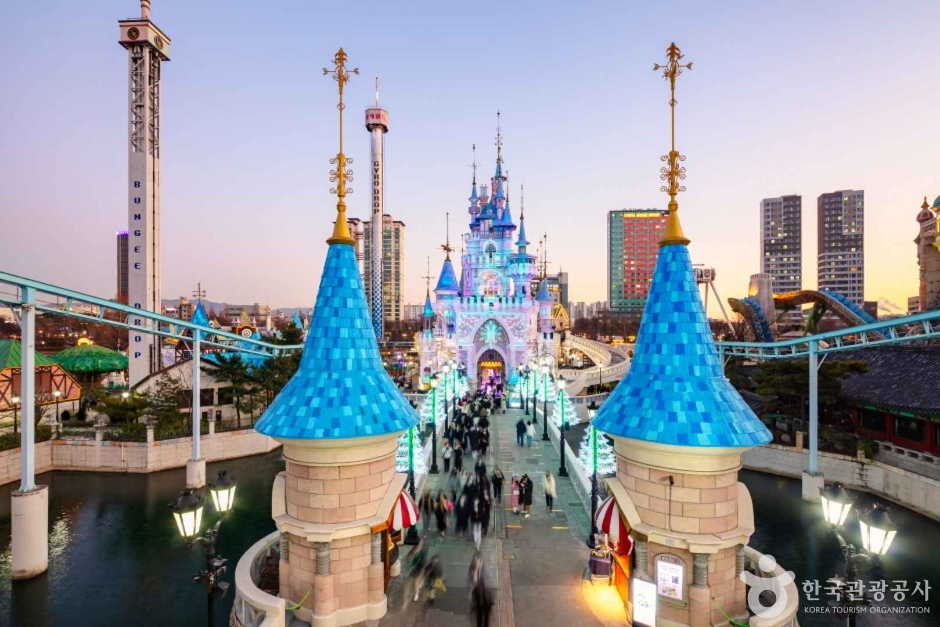
 Español
Español
 한국어
한국어 English
English 日本語
日本語 中文(简体)
中文(简体) Deutsch
Deutsch Français
Français Русский
Русский